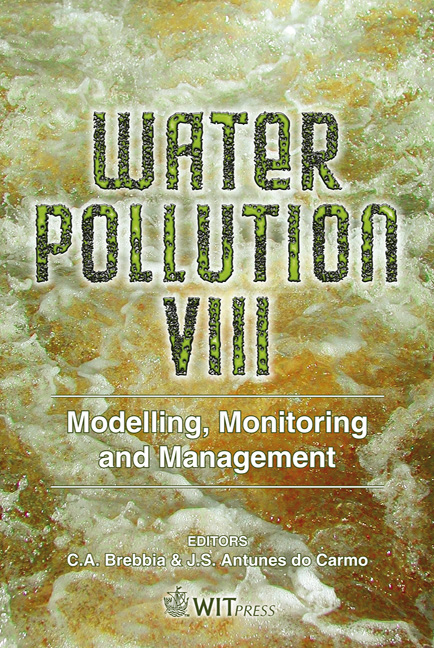Quantitative Techniques To Discriminate Petroleum Oils Using LED-induced Fluorescence
Price
Free (open access)
Transaction
Volume
95
Pages
8
Published
2006
Size
435 kb
Paper DOI
10.2495/WP060261
Copyright
WIT Press
Author(s)
V. Rostampour & M. J. Lynch
Abstract
In-situ LED-induced fluorescence analysis of oils on water was performed by examining the fluorescence spectrum of various Australian crude oils and some refined oil products. Crude oils and other refined oil were discriminated using non-contact fluorescence-based techniques. The spectral distribution of the fluorescence emission, which contains obvious diagnostic potential, has been used as a quantitative technique to differentiate oil products. The key factors used in these quantitative techniques are; (i) spectral shape, (ii) the wavelength of maximum intensity and (iii) fluorescence spectral width. The first discriminating technique applied is the green-yellow quotient ( 575 490 I I I Y G = − ) and the blue-yellow quotient ( 575 420 I I I Y B = − ). The dualwavelength excitation was employed in the laboratory to discriminate crude and refined oils. In this technique, oil slicks (on water) were exposed to two different excitation illumination wavelengths. All oil samples were illuminated by several UV and visible excitation sources. The four crude oils and other petroleum products were easily differentiated by applying the ratio of two fluorescence spectral bands excited by 528 nm and 405 nm. While theses techniques appear to be sensitive enough to discriminate different crude oils and other refined oil products in the non-contact fluorescence measurement, the selected excitation wavelength range chosen was not the optimum wavelength for fluorescence of crude oil. More studies need to be performed using additional crude oil samples and shorter excitation wavelengths. Keywords: LED-induced fluorescence, oil pollution, crude oil, remote sensing.
Keywords
LED-induced fluorescence, oil pollution, crude oil, remote sensing.





